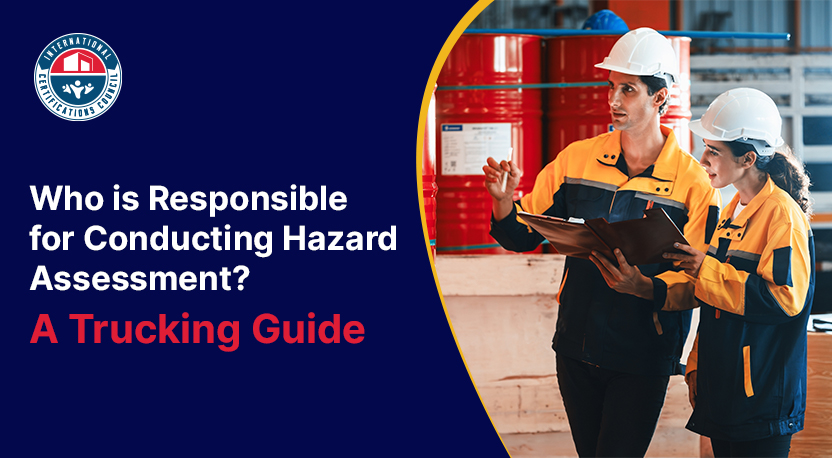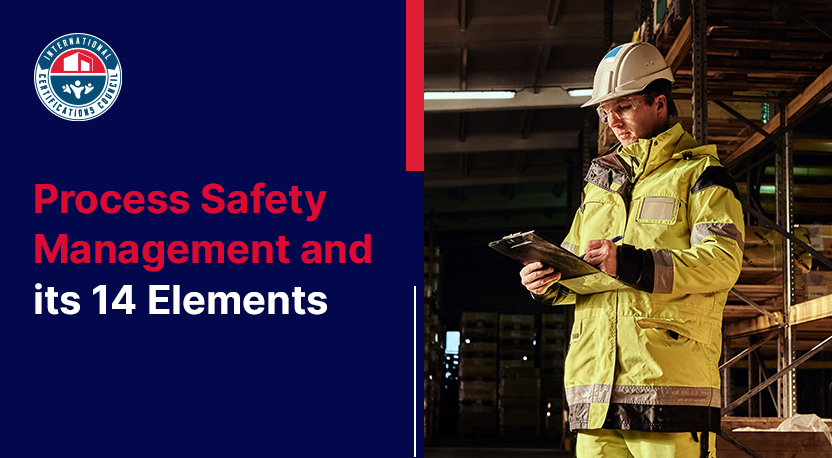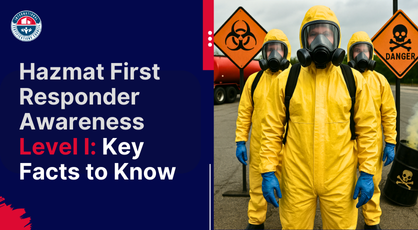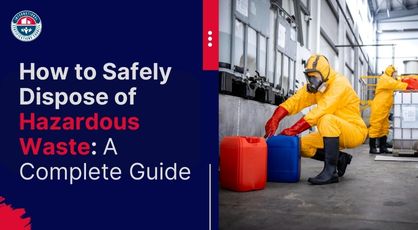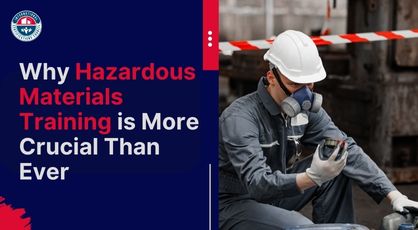Certainly, hazmat shipping stands out as one of the most intriguing and complex subjects in the realm of transportation and logistics. Countless companies, whether directly or indirectly involved in the transportation of hazardous materials, find themselves navigating a common landscape filled with unique challenges and compelling solutions.
- They are not aware of several basic rules for shipping hazardous materials
- They also find understanding the various classes and categories of hazardous materials very problematic
- Another thing that they might not be aware of is the complete list of responsibilities that a hazardous materials shipper is supposed to perform
So yes, the challenges and obstacles are quite common. But this quick rulebook is going to help you understand hazardous material handling and transportation better. If you are trying to import goods to the US, you should be aware of these rules and requirements. Let's talk:
Shipping Hazardous Materials - Understanding The Basic Rules
The Department of Transportation classifies a few goods as hazardous. If you want to import them to the US, you will have to follow various rules and regulations. There are typical requirements related to shipping papers, safety, precautions, packaging, labeling, and marking of the consignment in addition to several other specifications that need to be fulfilled.
Rule 1 - Understanding The Various Hazard Classes
As a shipper of hazardous materials, it is critical for you to be aware of the various classes and categories of the same. The following section explains them in brief for your understanding:
Class 1 - Explosives
These substances can explode under certain conditions and environmental temperatures. These are used in fireworks, ammunition, and gunpowder formulas.
Class 2 - Gases
Flammable or explosive gases contained in lighters and fire extinguishers are put under this head.
Class 3 - Flammable Liquids
These are defined as substances that ignite when exposed to an open flame and they may include gasoline, paint thinner, and nail polish.
Class 4 - Flammable Solids
Substances that are solid and readily ignite when exposed to an open flame are categorized under this head.
Class 5 Oxidizing Substances
These are substances that can cause combustion and in the process, yield large amounts of oxygen. These can be fertilizers, bleach solutions, and compounds including chlorine.
Class 6 - Toxic/Infectious Substances
Substances and compounds that can cause serious harm, injury, or even death when inhaled, touched, or swallowed are categorized under this head. These can be pesticides and biomedical waste.
Class 7 - Radioactive Materials
Radioactive materials are medicines, x-ray machines, and also compounds that contain uranium.
Class 8 - Corrosives
Corrosive substances are defined as materials that can cause harm to humans and property alike. These may contain sulphuric acid and hydrochloric acid.
Class 9 - Miscellaneous Hazardous Materials
These products earn their 'miscellaneous' classification due to their inclusion of a wide array of hazardous materials, including lithium-ion batteries, dry ice, and other substances that can pose harm under different environmental conditions.
Rule Number 2 - Know About Dangerous Goods Regulating Agencies
In the US, the Department of Transportation which is popularly known as DOT enforces all laws and regulations related to the transport of hazardous materials. You will have to comply with the Code of Federal Regulations 49 Subtitle B, Chapter 1. But when you are shipping hazardous materials internationally, there are two agencies within the United Nations that actively enforce certain guidelines. Technical Instructions For The Safe Transport of Dangerous Goods by Air listed by the International Civil Aviation Organization apply here. The International Maritime Organization takes care of the goods that have been shipped internationally by sea.
Rule Number 3 - Discover Your Responsibilities As A Shipper
It is also very critical for you to understand the responsibilities of a shipper before you start transporting hazardous materials of any kind whether within the United States or internationally. Let's have a look at them:
- Deciding whether the products you are about to ship are classified as hazardous or not
- Choosing a proper and descriptive shipping name for every product category
- Determining the class/category and division of the hazardous material being transported
- Determining a proper identification name
- Choosing the most suitable hazard warning labels and markings for the shipment
- Providing necessary hazmat training to all your hazmat employees and workers
- Drafting all the appropriate shipping papers/documents
- Coming up with emergency response guidelines
- Obtaining IATA certification that will allow you to ship hazardous materials
- Coming up with a security plan to maintain the safety of everybody involved
Rule Number 4 - The Importance Of Hazmat Employee Training
This is the critical step that you just cannot ignore. Whether you deal with hazardous materials in your organization at a small scale or at a much larger scale than any of your competitors in the sector, you must provide appropriate and regularly updated training material to your hazmat employees. These employees and workers handle, manage, store, and transport hazardous materials regularly. They need to understand the type of hazard they're dealing with and the chemicals or substances they may encounter during the process. Your chosen hazmat employee training program should cover the following disciplines:
- General awareness training for every employee
- Function-specific training program
- Safety training
- Security awareness training
- In-depth security training for immediate handlers
- Driver training for every employee driving a hazmat vehicle
Rule Number 5 - Marking And Labeling Hazardous Materials
Understand the importance of various symbols, markings, labels, and placards when it comes to packing and storing your hazardous materials. The correct labels, descriptions, and response information placed on these containers save lives. The package must clearly state the name and code of the hazardous material being shipped. The container should also prominently display various signs and symbols that indicate whether the substance is toxic, flammable, or both. It's crucial for you to ensure that labels remain durable and weatherproof, preventing any damage or removal of warnings and instructions during transit.
How You Stand To Benefit With ICCouncil
The biggest difference that you will notice after enrolling your employees, workers, and especially your hazmat personnel with ICCouncil, is the level of skills and expertise they are able to acquire in the shortest time span. This is going to make sure that all your hazmat employees and professionals are aware of the most practical and best practices when it comes to managing hazardous materials and enabling their transport. Remember, hazardous material safety training is only the beginning. There are numerous subjects and disciplines within the sphere of handling hazardous materials and wastes. ICCouncil understands that better than anybody else and this is why they have the most frequently updated, relevant, and easy-to-access course materials suitable for every job position in your organization. Shipping hazardous materials and maintaining the safety of everybody involved in your company will become a breeze for you with ICCouncil.


